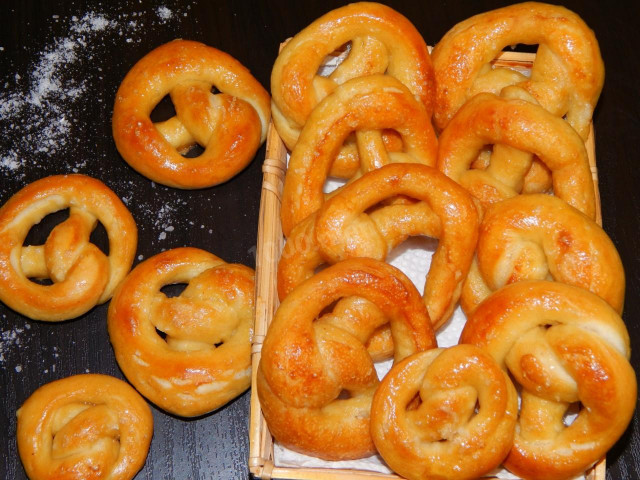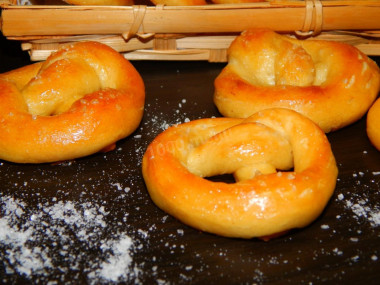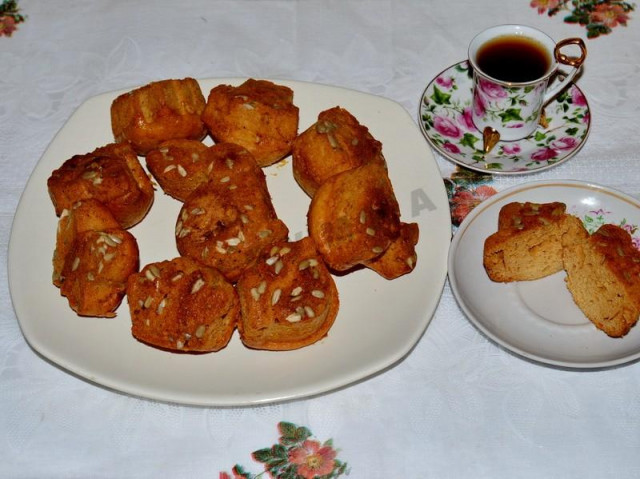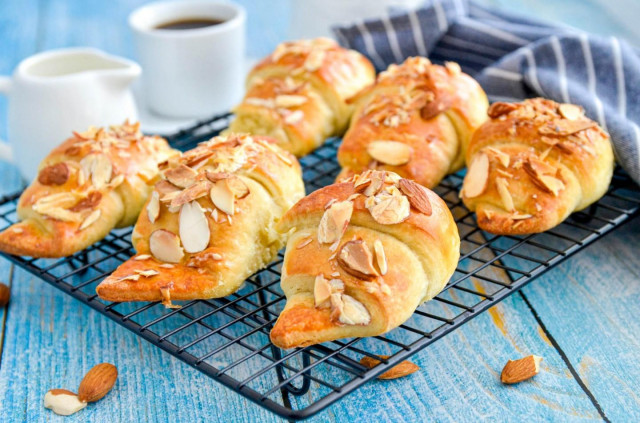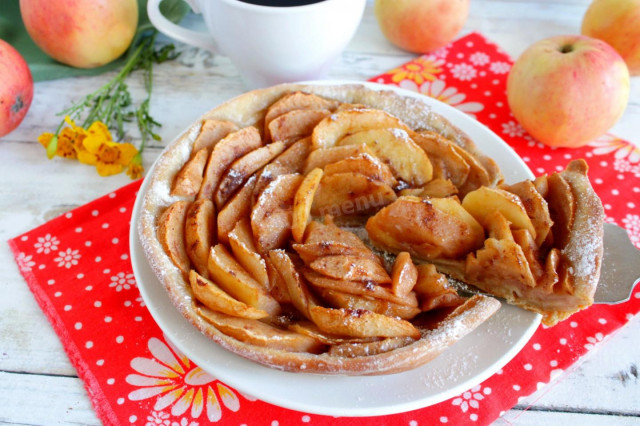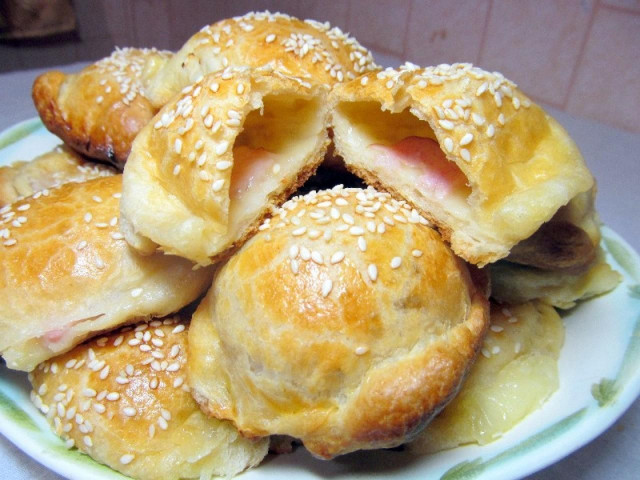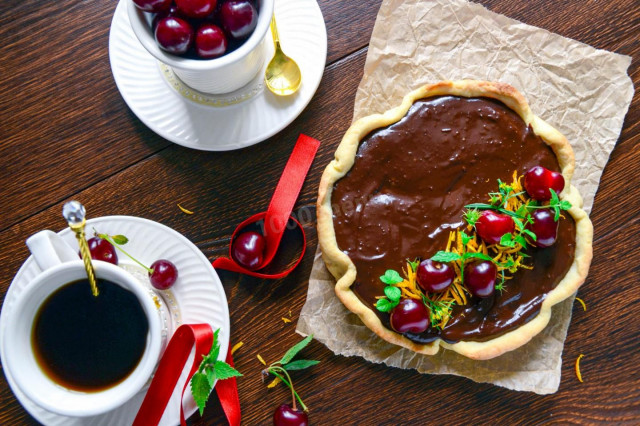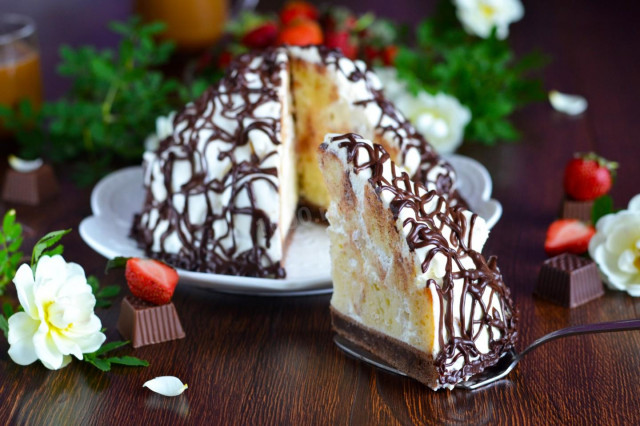Composition / ingredients
Step-by-step cooking
Step 1:
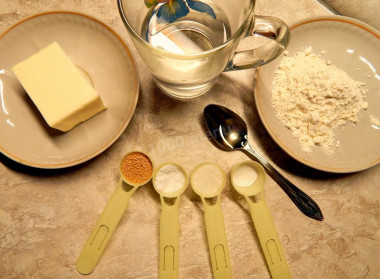
Prepare the ingredients. Butter should be removed from the refrigerator in advance, it should be softened.
Step 2:
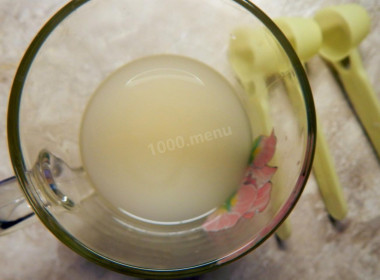
In a container with warm boiled water, pour sugar, salt and yeast, mix and leave for 15 minutes to swell the yeast.
Step 3:
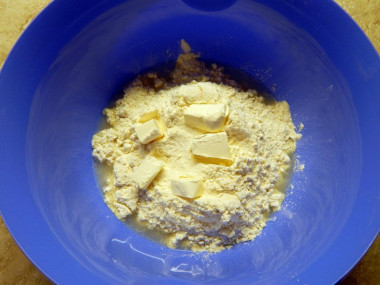
Pour the yeast mixture into a bowl, pour the sifted flour and add the softened butter.
Step 4:
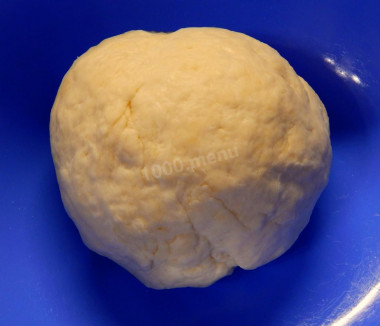
Knead the elastic soft dough, it should not stick to your hands. Leave the dough in a warm place, covered with a towel, for 2 hours. During this time, the dough should double in size.
Step 5:
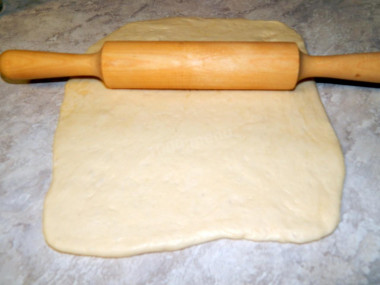
Knead the elastic soft dough, it should not stick to your hands. Leave the dough in a warm place, covered with a towel, for 2 hours. During this time, the dough should double in size.
Step 6:
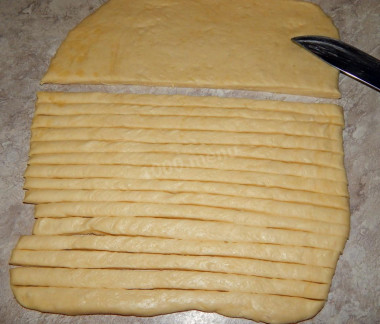
Cut the layer into narrow strips.
Step 7:
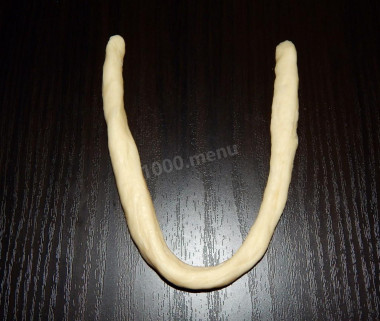
We roll each strip into a flagellum, fold it in the form of a "U".
Step 8:
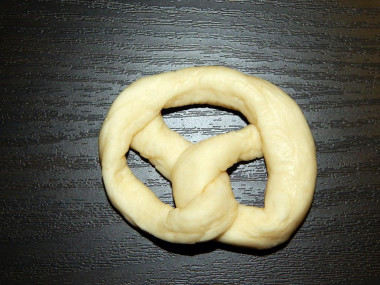
Twist the ends of the flagellum, fasten it to make a pretzel.
Step 9:
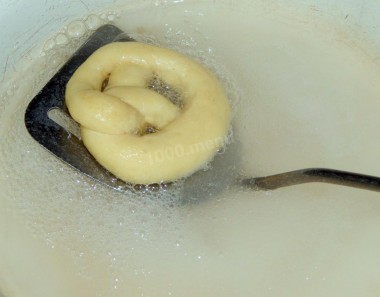
Bring a glass of water with soda to a boil and dip each pretzel into the mixture for 30 seconds.
Step 10:
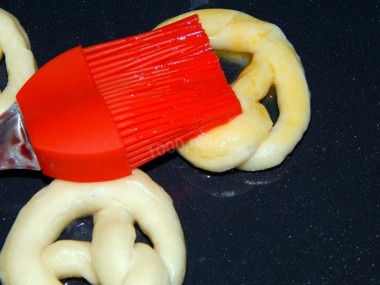
If we want the pretzels to turn out more golden, then lubricate them with beaten egg yolk. We put the breadcrumbs on a baking sheet lightly greased with vegetable oil (the baking sheet can not be greased, but covered with parchment or Teflon sheet for baking).
Step 11:
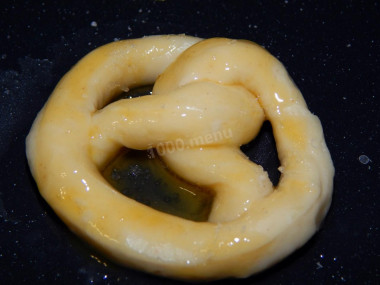
Sprinkle pretzels with coarse salt. To make the pretzels soft, they need to be baked at a temperature of 230 degrees, and to get crispy pretzels, they need to be baked at a temperature of 180 degrees.
Step 12:
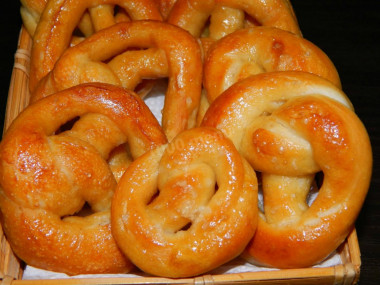
Preheat the oven in advance (10-20 minutes) to 230 degrees. We send the pretzels into the oven, bake until golden (about 20 minutes). The time and temperature are indicated approximately, be guided by your oven. Everything is ready!
Step 13:
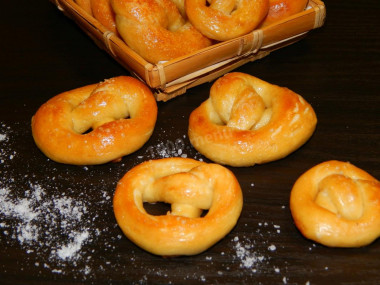
Have a nice tea or a light snack!
Be prepared for the fact that flour may need more or less than indicated in the recipe. Focus not on the amount of flour, but on the desired consistency of the dough. To avoid mistakes, read about flour and its properties!
Keep in mind that everyone's ovens are different. The temperature and cooking time may differ from those specified in the recipe. To make any baked dish successful, use useful information about the features of ovens !
Important! Using dry yeast, it should be borne in mind that they occur in two forms: active and instant (read the instructions carefully before use!).
Active dry yeast looks like beads or small balls. Before applying them, they must be brought out of the "sleep mode". To do this, the active yeast is diluted in warm sweet water, milk or whey. The resulting bubbles, foam or "cap" indicate that the yeast is ready for further use. Active dry yeast must be brought to complete dissolution in the liquid, otherwise, due to the remaining grains, the dough may not rise and the baking will be spoiled (yeast grains that have not dissolved in the liquid and got into the dough will no longer disperse on their own, which means they will not work).
Instant dry yeast is easier to use. They do not need to be activated before use. Such yeast, along with other ingredients, is simply added to the dough. As a result, the baking time is reduced.
It should also be remembered that both types of dry yeast may differ in their activity from different manufacturers.
There are several stories of the origin of this baking. One of them says that the roll, through which you can look at the sun three times, was created by a guilty baker, for which he was pardoned by the king. Second: such a pretzel appeared by chance, the cat pushed it into a vat of lye for washing dishes.
Caloric content of the products possible in the composition of the dish
- Granulated sugar - 398 kcal/100g
- Sugar - 398 kcal/100g
- Butter 82% - 734 kcal/100g
- Amateur unsalted butter - 709 kcal/100g
- Unsalted peasant butter - 661 kcal/100g
- Peasant salted butter - 652 kcal/100g
- Melted butter - 869 kcal/100g
- Vegetable oil - 873 kcal/100g
- Salt - 0 kcal/100g
- Water - 0 kcal/100g
- Wheat flour - 325 kcal/100g
- Egg yolks - 352 kcal/100g
- Baking soda - 0 kcal/100g
- Dry yeast - 410 kcal/100g

